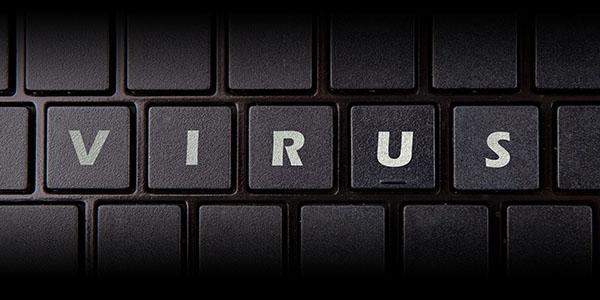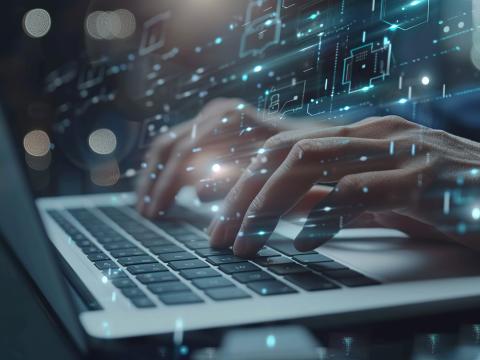On Point: Q&A with Col. Karlton Johnson, USAF (Ret.)
Q&A with Col. Karlton Johnson, USAF (Ret.), chairman of the Cybersecurity Maturity Model Certification (CMMC) Accreditation Body board of directors.
Col. Karlton Johnson, USAF (Ret.), is the chairman of the Cybersecurity Maturity Model Certification (CMMC) Accreditation Body board of directors.
How has COVID changed the technology picture?
The COVID-19 pandemic has completely rewired how people around the world think about technology writ large. Expect to see changes with regard to how people envision the average “work day” going forward. Employers know now that the right technologies can enable a more mobile “virtual workforce” and will consider shifting expenses from a fixed workplace to one that is more agile and disparate. Expect mobile technologies as well as transport mediums to evolve, and get ready for those new rises in your normal home Internet and cable/satellite services. Oh, and if home cybersecurity was never a previous consideration, beware: All of this increased connected usage is shaping up to be a large target for the unscrupulous entrepreneur.
What must we do to avoid having the advent of the Internet of Things (IoT) turn into a cyber trap?
We’ll need IoT developers and providers to partner together early and bake in cybersecurity capabilities into their connected technologies. Additionally, industry must take a harder look at IoT security standards, endeavoring to make these a prerequisite to IoT R&D and deployment. Lastly, all of us as end users will have to choose not to take cyber hygiene for granted and make understanding this domain part of our ongoing education. Even if our IoT tools have the right protocols to allow their “use while under adversary fire,” we can never forget the role the human element plays in avoiding cyber pitfalls.
Space has suddenly grown in the public eye with the creation of the Space Force, among other things. What kind of role may we expect space to play in our lives in the coming years, and what challenges will we face?
Over time, we should expect to see the creation of a space-based economy that enables the peaceful utilization of space resources for the betterment of humankind while simultaneously enabling humanity’s expansion throughout the solar system. Before we know it, it is possible that we will see humans working and living in low-earth orbit, in cislunar regions, and perhaps even on the lunar surface. And each of the technologies we create to get us there will have to bear some benefit to address earth-based needs. One of the most significant challenges we’ll face as a nation is: How do we ensure that American and universally peaceful values have primacy in space going forward? That is a question we need to address and answer sooner rather than later before someone else makes that decision for us.
What do you think is the next great information technology trend?
That depends. In biotech? The rapid need for COVID-19 vaccine development could have been accelerated even faster with advanced nanotechnology capabilities. The same tech that could repair damaged cells could also be tooled into the next generation of vaccine delivery systems to target viruses at the cellular level. Artificial intelligence matched with advanced quantum computing? Imagine intelligent systems that could review and assess situations and deliver recommendations with a predictive probability of success of 97.999999%. Cybersecurity and advanced biometrics? If we consider multifactor authentication today, could the fusion of cybersecurity technology and biometrics increase that to include aspects of one’s blood type, hair color, DNA or varying combinations of those plus hundreds of other aspects? What I expect to see is the cross-fertilization of varying technologies across numerous disciplines integrating with information technology advancements to open up brand new fields of research, development and capabilities. The future is going to be amazing, and the opportunities equally so.





Comments